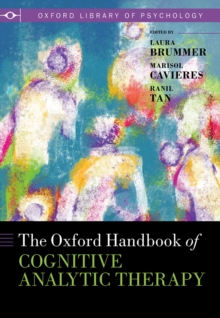
The Oxford Handbook of Poverty and Child Development PDF
Edited by Ph.D., CAS Ph.D. Valerie Maholmes, Ph.D. Rosalind B. King
Part of the Oxford Library of Psychology series
Description
Over 15 million children live in families subsisting below the federal poverty level, and there are nearly 4 million more children living in poverty today than in the turn of the 21st century. When compared to their more affluent counterparts, children living in fragile circumstances-including homeless children, children in foster care, and children living in families affected by chronic physical or mental health problems-are more likely to have low academic achievement, to drop out of school, and to have health and behavioral problems. The Oxford Handbook of Poverty and Child Development provides a comprehensive analysis of the mechanisms through which socioeconomic, cultural, familial, and community-level factors impact the early and long-term cognitive, neurobiological, socio-emotional, and physical development of children living in poverty. Leading contributors from various disciplines review basic and applied multidisciplinary research and propose questions and answers regarding the short and long-term impact of poverty, contexts and policies on child developmental trajectories. In addition, the book features analyses involving diverse children of all ages, particularly those from understudied groups (e.g. Pacific Islanders, Native Americans, immigrants) and those from understudied geographic areas (e.g., the rural U.S; international humanitarian settings). Each of the 7 sections begins with an overview of basic biological and behavioral research on child development and poverty, followed by applied analyses of contemporary issues that are currently at the heart of public debates on child health and well-being, and concluded with suggestions for policy reform. Through collaborative, interdisciplinary research, this book identifies the most pressing scientific issues involving poverty and child development, and offers new ideas and research questions that could lead us to develop a new science of research that is multidisciplinary, longitudinal, and that embraces an ecological approach to the study of child development.
Information
-
Download - Immediately Available
- Format:PDF
- Pages:504 pages
- Publisher:Oxford University Press
- Publication Date:01/04/2012
- Category:
- ISBN:9780199772964
Information
-
Download - Immediately Available
- Format:PDF
- Pages:504 pages
- Publisher:Oxford University Press
- Publication Date:01/04/2012
- Category:
- ISBN:9780199772964










